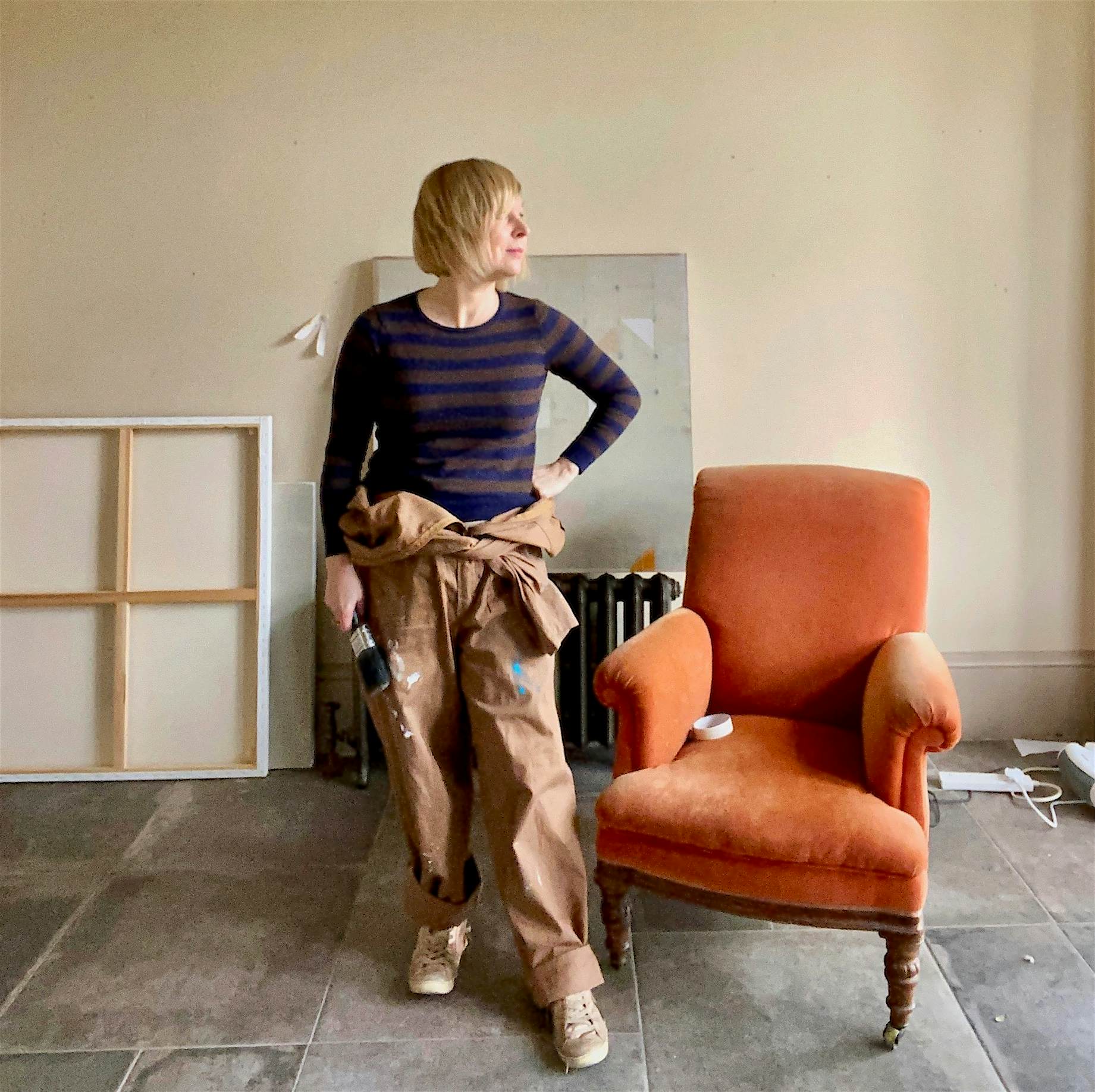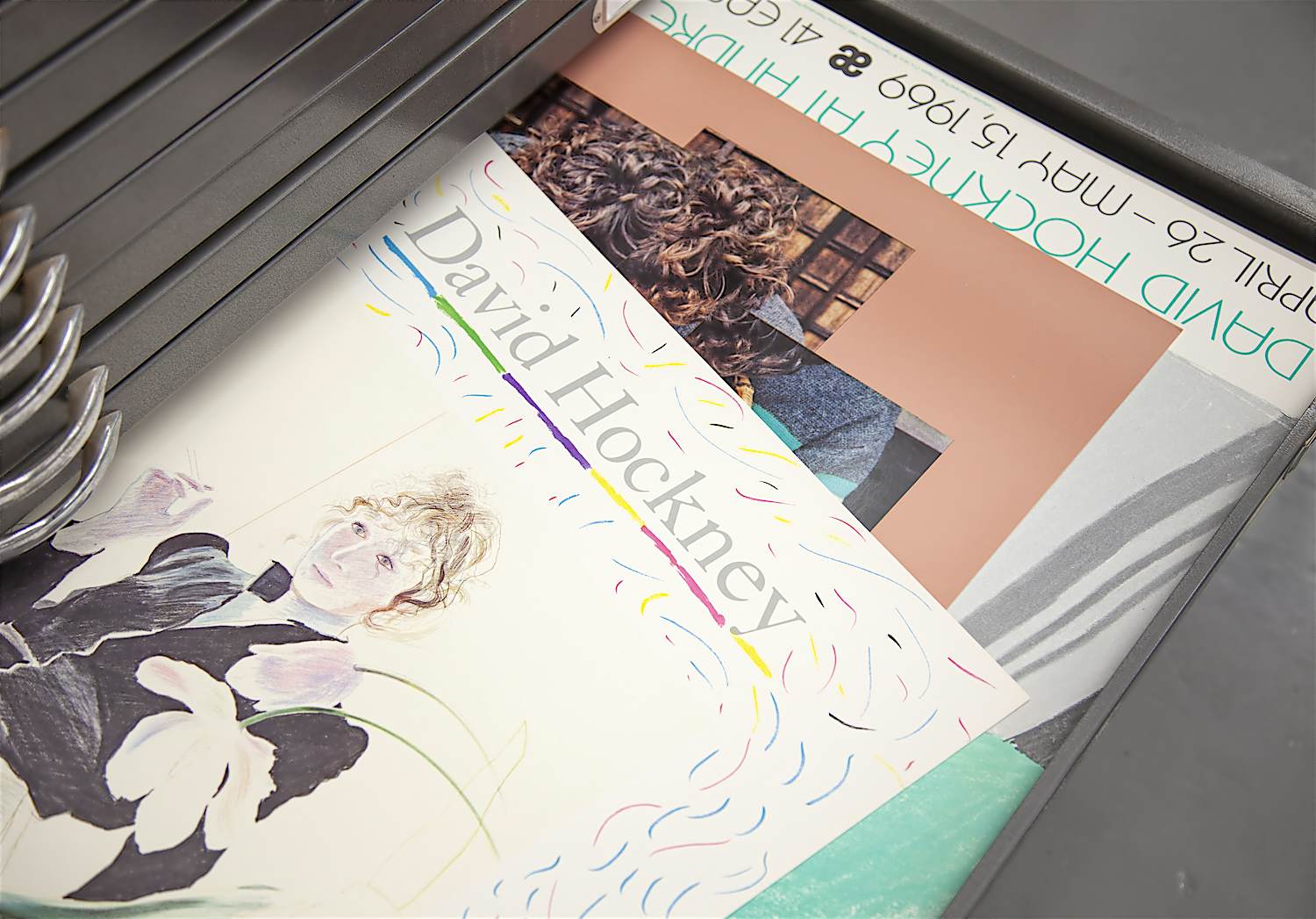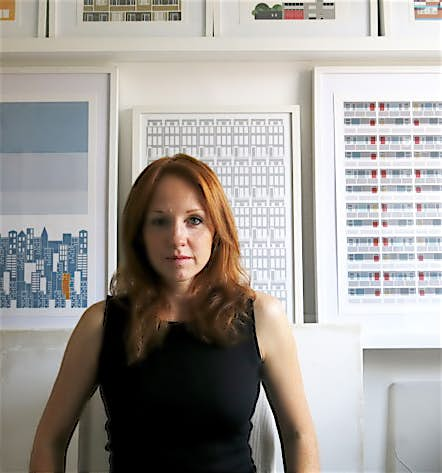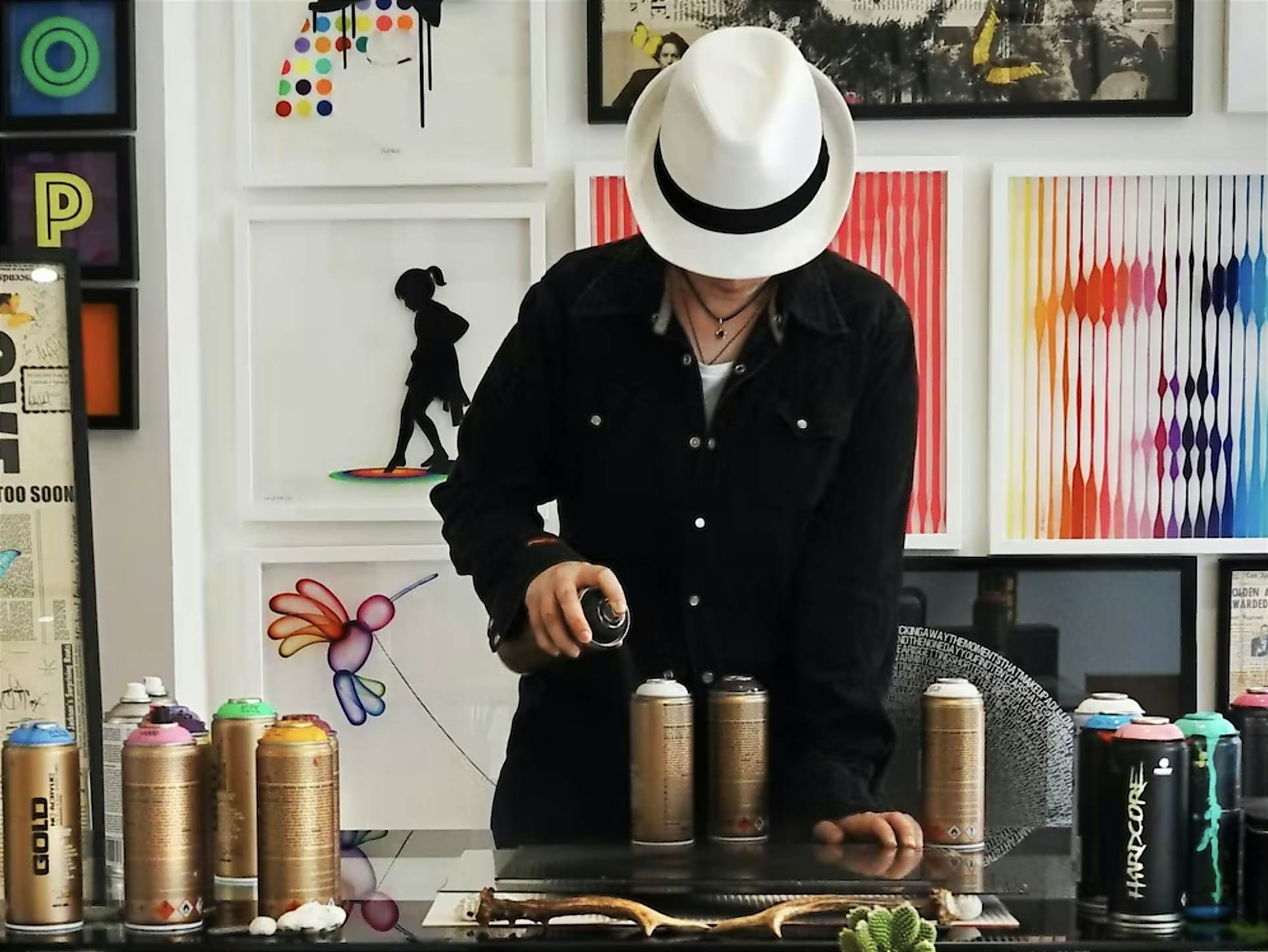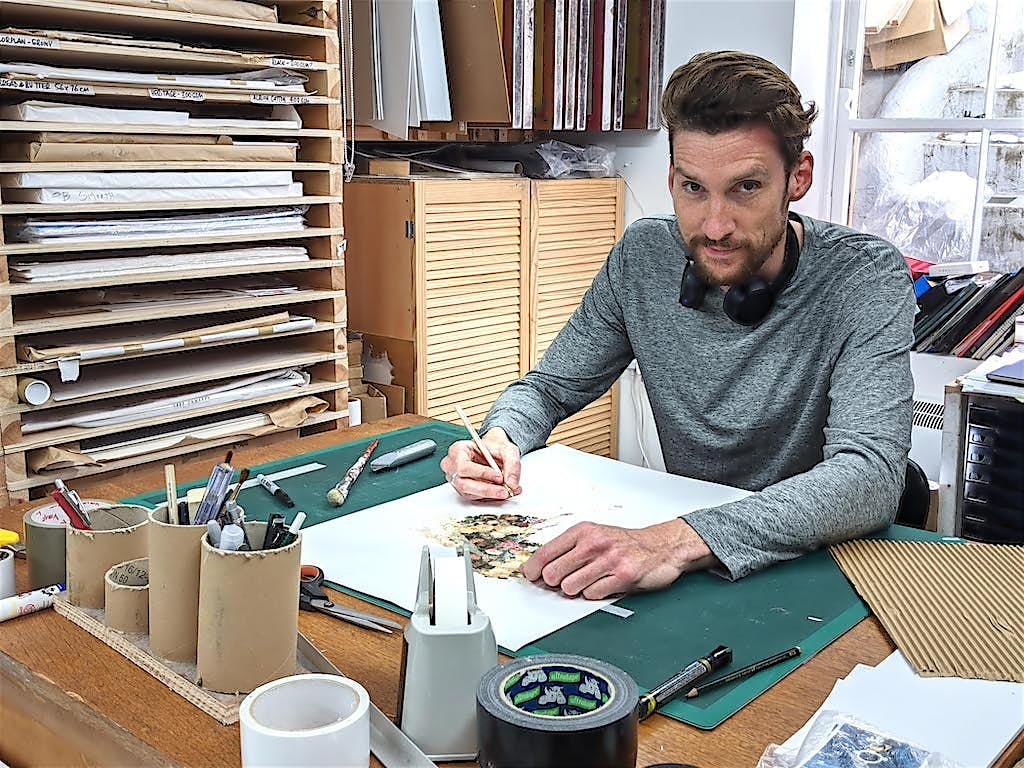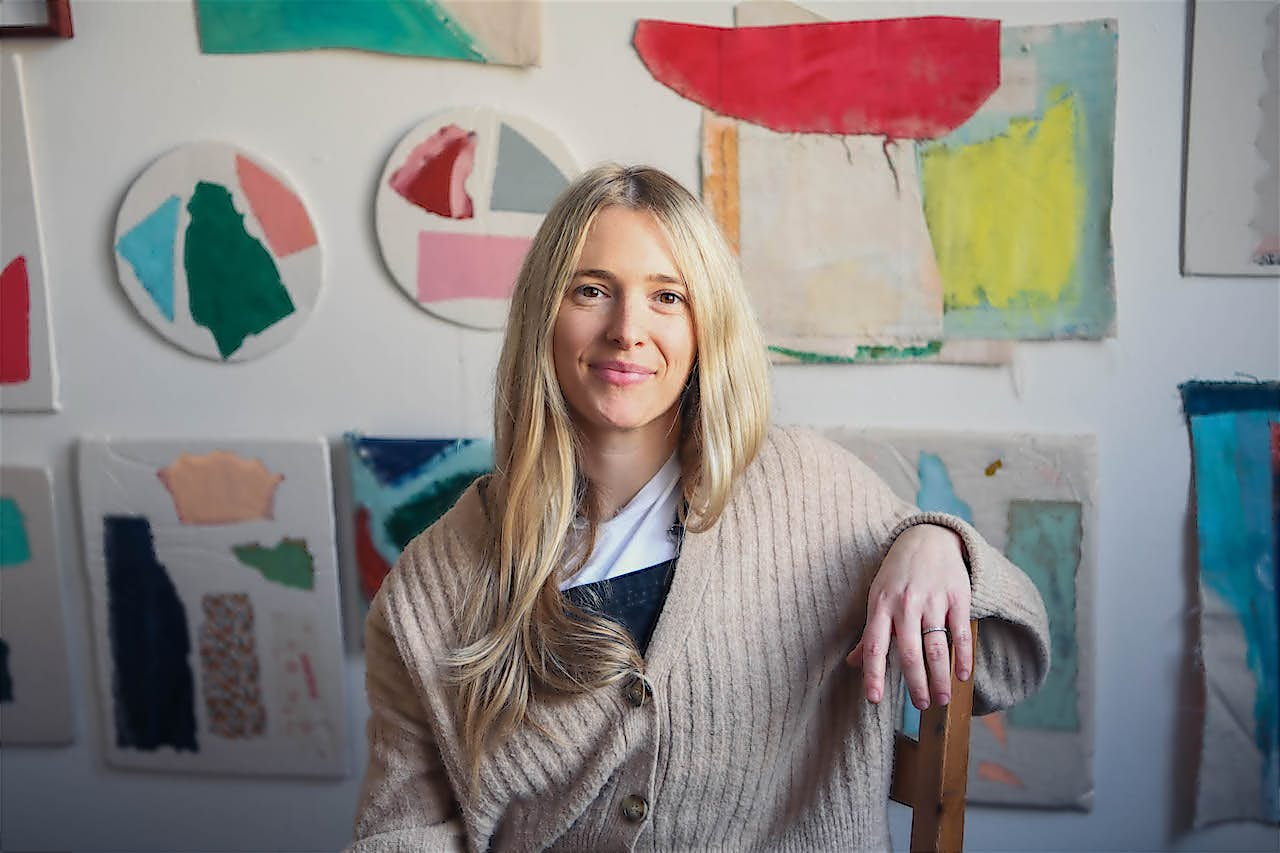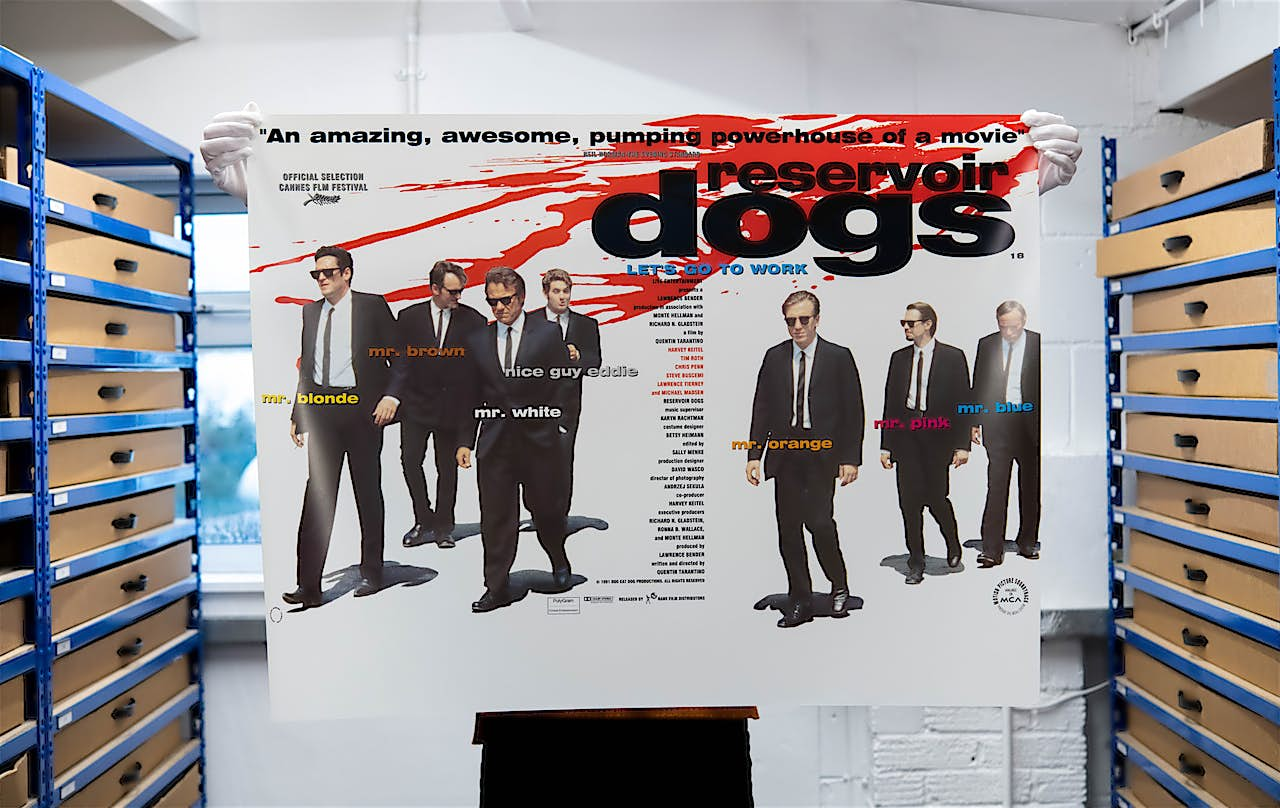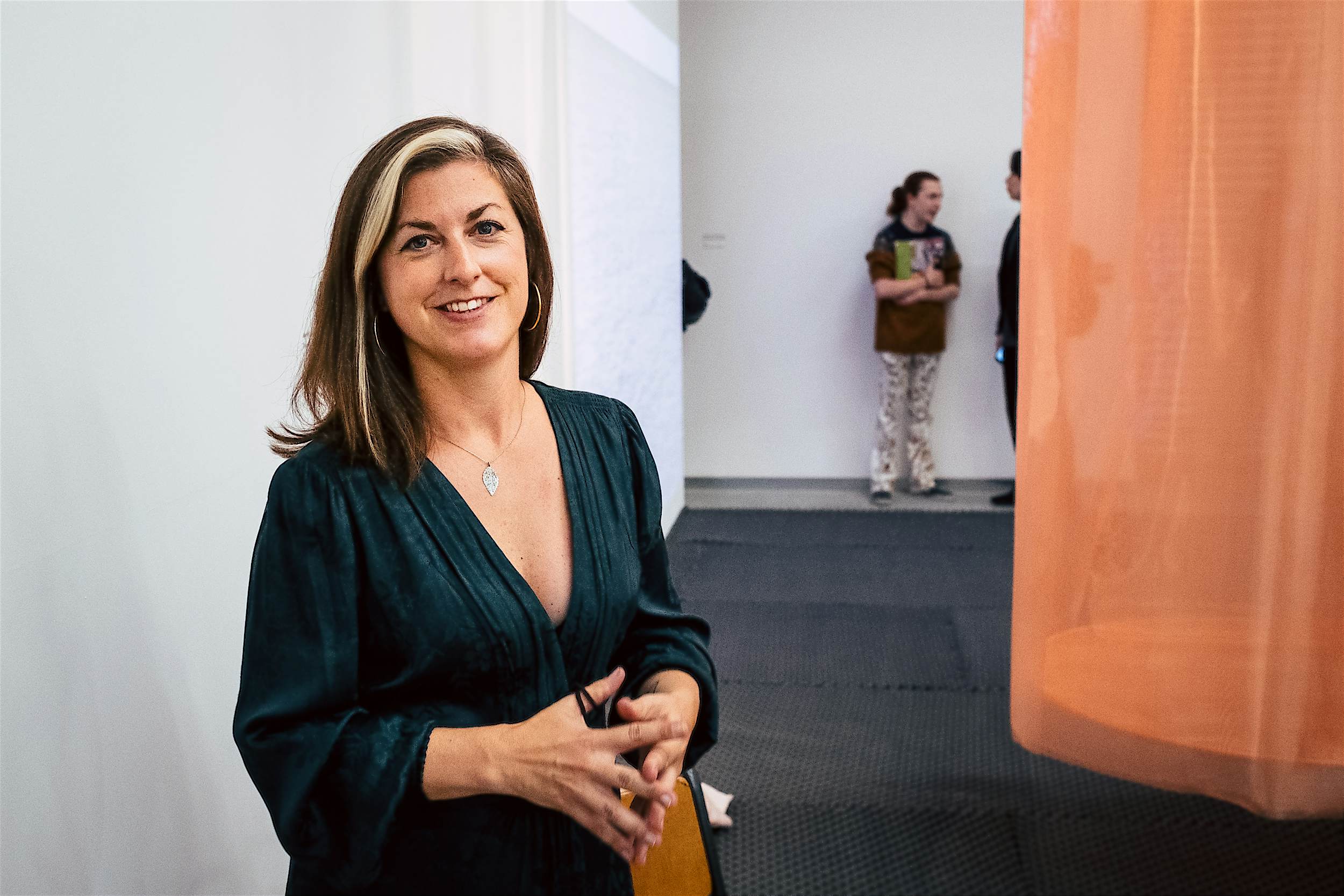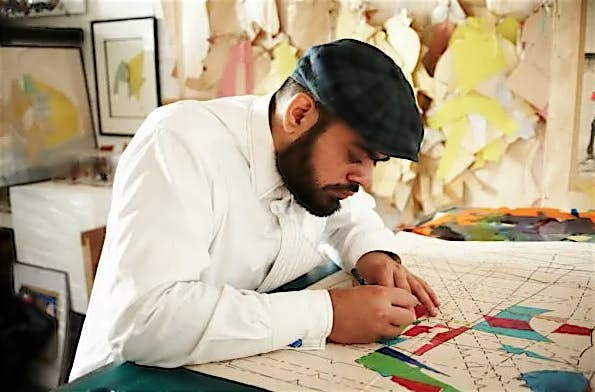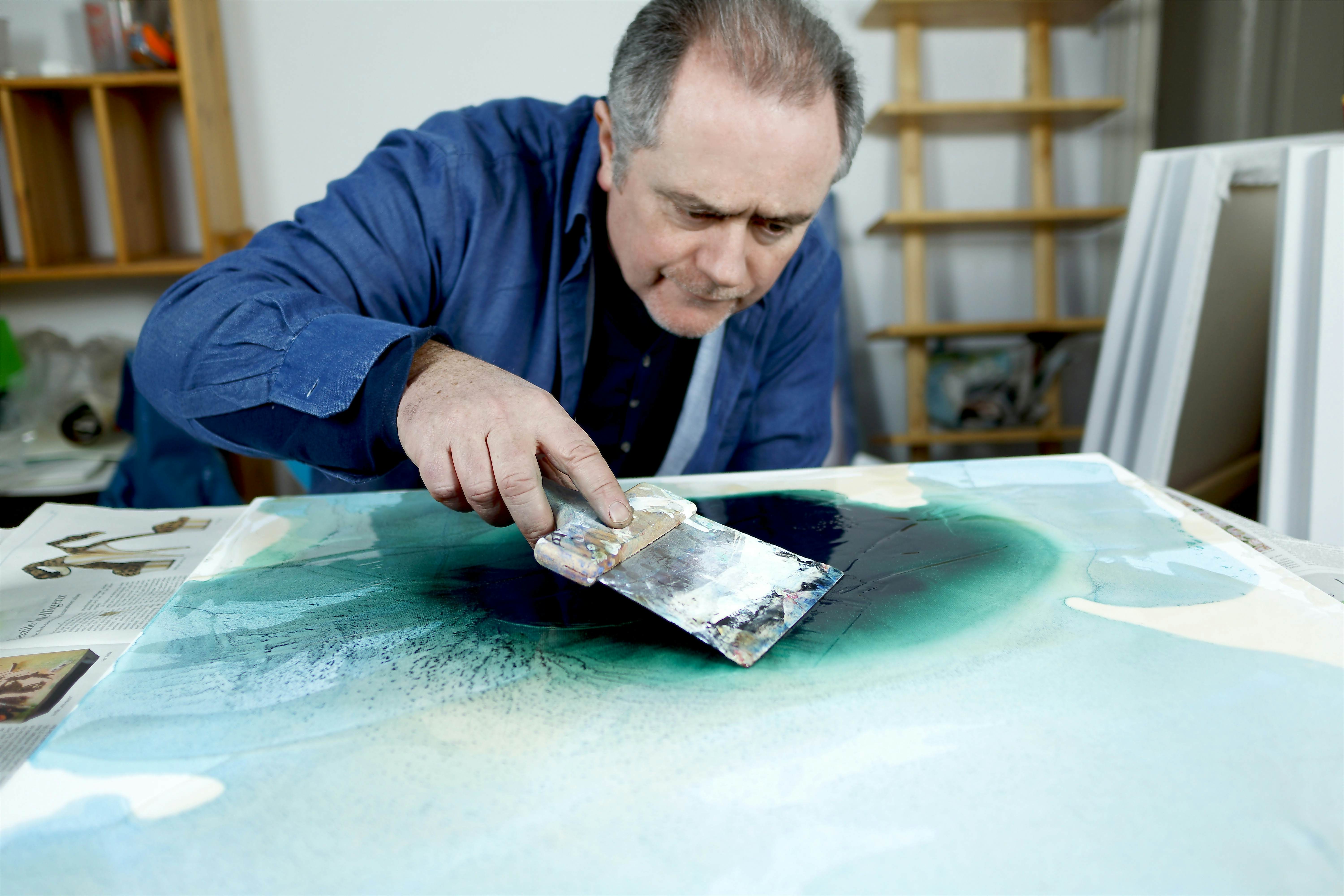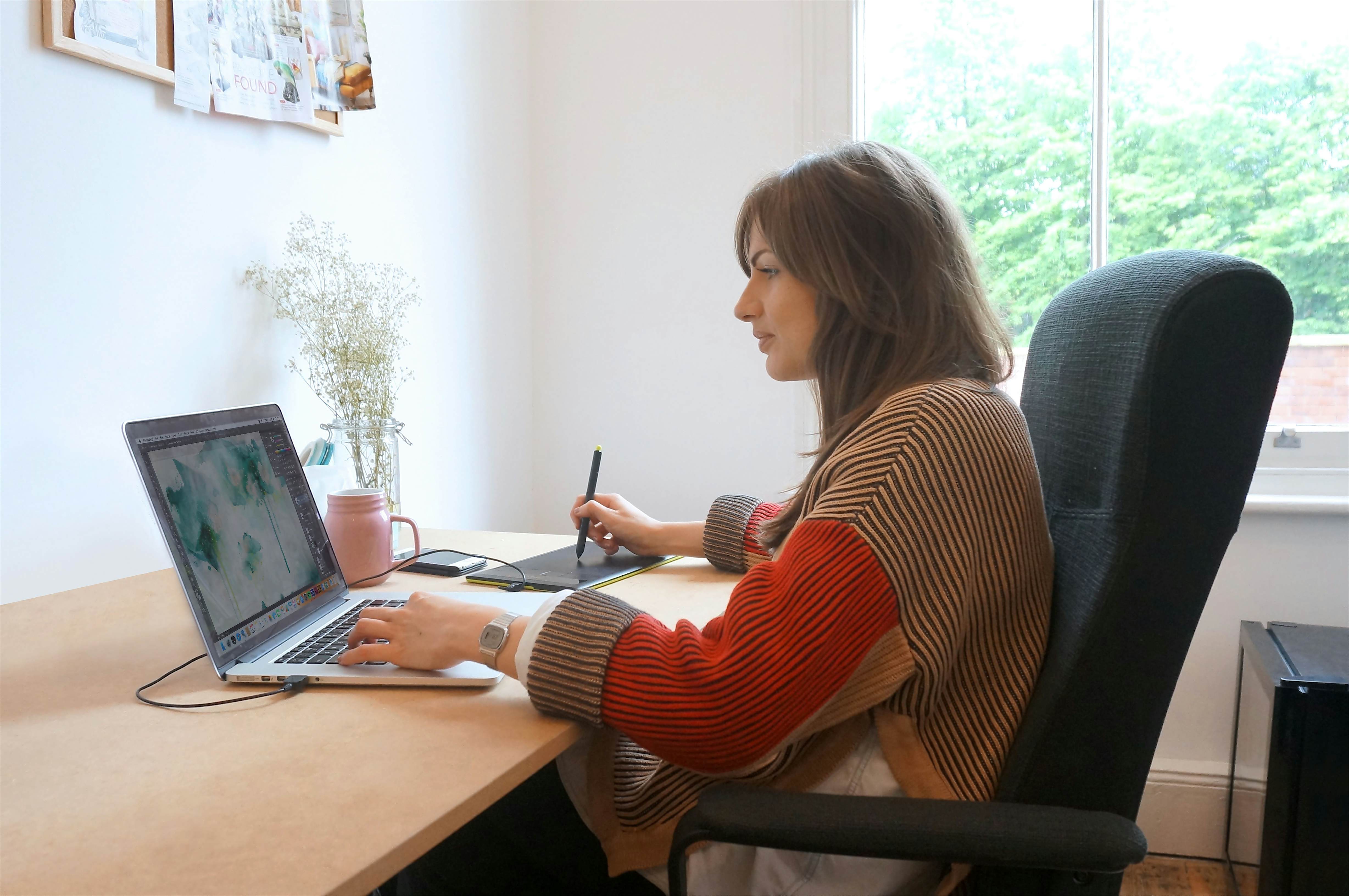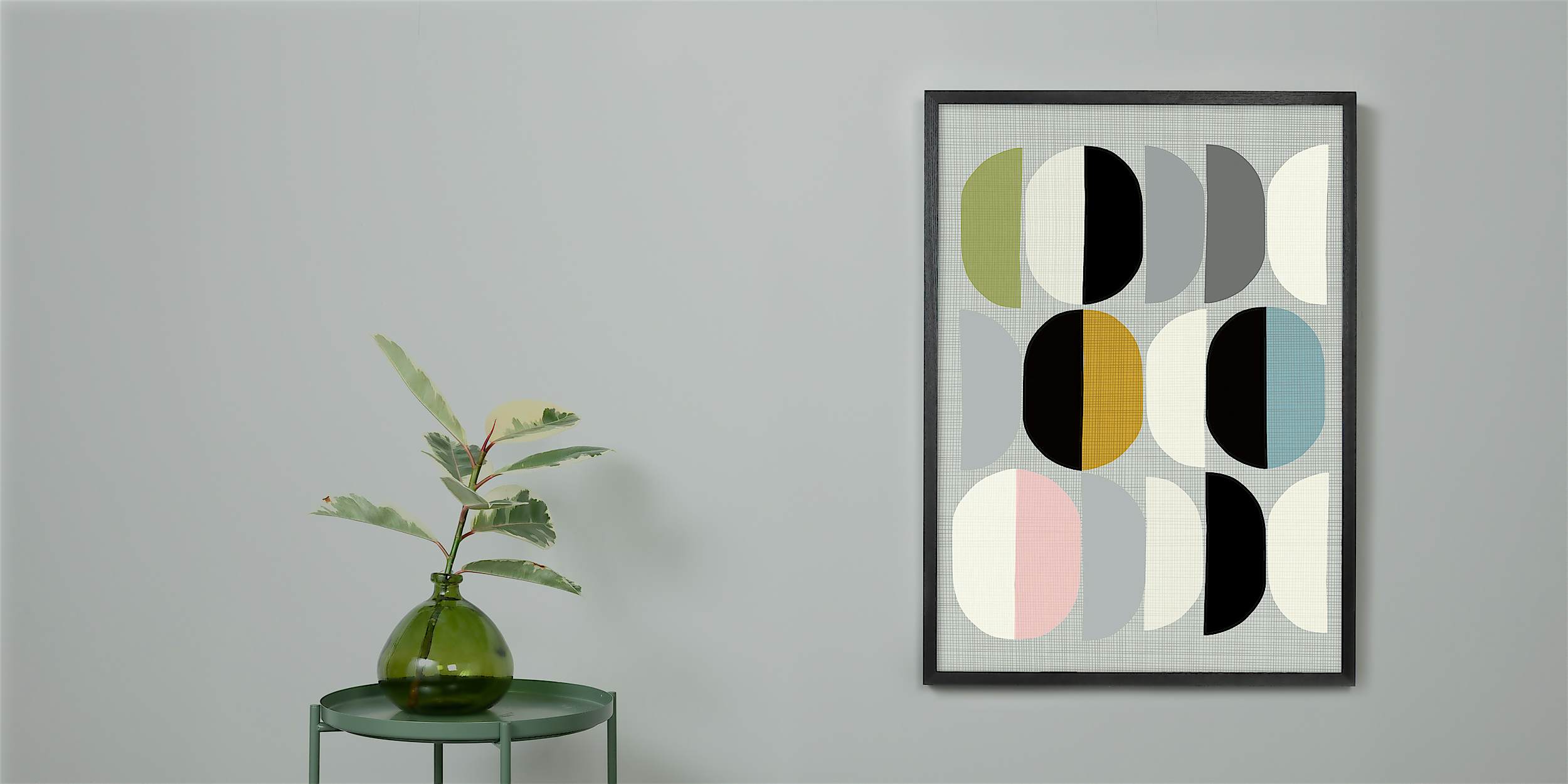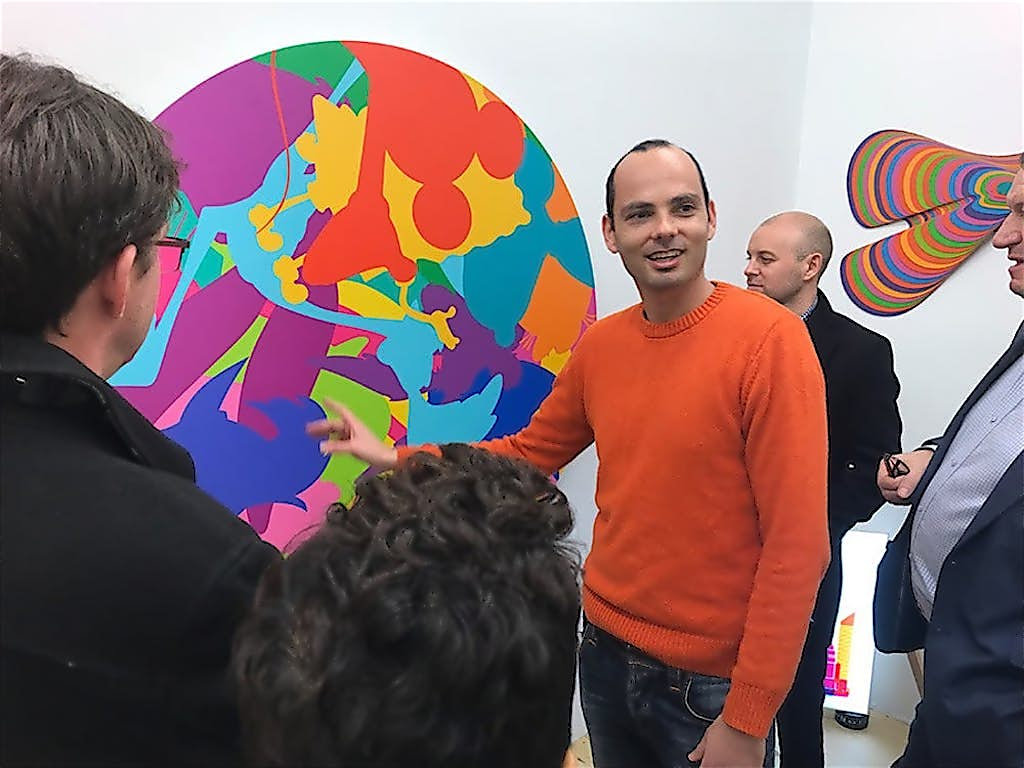Frida Kahlo’s portraits of perseverance
Reading time: 2 mins
The artist and activist Frida Kahlo (1907–1954) is accepted, world-wide, as one of Mexico’s most prominent painters. A deeply intellectual and socially committed artist, her portraits have positioned her, not just as a feminist icon, but as a symbol of Mexico itself. We decode the potent mix of iconography she wove into some of her most famous paintings.

Throughout her life, Kahlo suffered a number of physical misfortunes. At the age of six, she contracted polio and was bedridden for nine months. The disease caused her legs to grow disproportionately and, from then onwards, she walked with a limp.
At the age of 18, whilst she was studying to become a doctor in Mexico City, she was involved in a serious bus accident. The collision left her with a crushed pelvis, a broken spine, a severely broken leg, and a mangled foot.
Laid up in a hospital bed for months on end, she did something she’d never done before: she started painting self-portraits. Reflecting on that time, she explained, ‘I painted myself because I was so often alone and I am the subject I know best.’
After the accident, her views of life and art radically transformed. Defiant, she yearned to tell, not just her own story, but also her love for her homeland, Mexico.
After joining the Mexican Communist Party in 1927, pain and resistance quickly asserted themselves as her main artistic themes. Soon afterwards she married one of Mexico’s most vocal and celebrated muralists, Diego Riviera. But the union was not a happy one.
Though he was a passionate nationalist like her, Riviera was also a serial adulterer, and Kahlo’s art became influenced as much by her beliefs as by her emotional and physical suffering.
Later, she quipped, ‘I have suffered two grave accidents in my life, one in which a streetcar knocked me down… the other is Diego.’
Kahlo frequently turned to traumatic iconography to express her pain. In 1939, she painted The Two Fridas. The figures, one in a white European Victorian dress and the other in a colourful Tehuana dress representative of her Mexican/German heritage, are connected by delicate blood vessels symbolic of her accident. Critics praise it as a radically honest display of physical and mental suffering.
Over her lifetime, Kahlo underwent over 30 operations to restore her body but she never fully recovered. Complications with the disease spina bifida also meant she suffered several miscarriages and was never able to conceive a child.
Before they split, Kahlo and Diego kept monkeys as pets in the garden of Azul House in Coyoacán. Touchingly, Kahlo featured spider monkeys in 55 of 181 portraits, leaving many critics to speculate that the primates symbolised the children she was unable to bear.
In Aztec tradition, monkeys symbolised fertility on account of their cheeky lasciviousness and uninhibited sexuality. The metaphor is made markedly more poignant in Self-Portrait with Monkey and Parrot, 1942, in which Kahlo surrounds herself with corn which, in Aztec tradition, is a sacred symbol linked to creation and fertility.
Self-portrait with thorn necklace and Hummingbird, 1940, is a masterclass in symbolism and one of Kahlo’s most poignant paintings. Staring fiercely at the viewer – her iconic monobrow and faint moustache un-airbrushed – she is depicted with a necklace of thorns, positioned beside a monkey and a stalking black panther.
Here, many critics suggest the indifferent monkey stands for, not just her wayward husband, but the child she was tragically unable to bear.
Equally fascinating is the black cat by her shoulder. With its back arched, ready to pounce, the cat (often a Christian symbol for the devil) offers a clear message: Kahlo is surrounded by bad luck, death even.
The presence of a hummingbird adds further weight to the painting’s sorrowful symbolism. Though hummingbirds are considered a good luck charm for falling in love in Mexican folklore, they also allude to the Aztec god of war and human sacrifice, Huitzilopochtli. Kahlo’s hummingbird hangs lifelessly like a pendant from a necklace of interlaced thorns.
Though the thorns pierce her neck and she spurts droplets of blood, Kahlo’s powerful gaze remains stoic. Many suggest she channels the strength of the fearsome Aztec goddess, Coatlicue (often depicted as a serpent-skirted woman with a severed head and a necklace of skulls).
In this complex painting, Kahlo plays with the two basic metaphors for transformation in ancient Mesoamerica: sexuality and death – both of which were seen to result in the creation of life.
Sad though the painting may be, it is also life-affirming. Surrounding herself with lush green foliage, translucent butterflies and flowers, not only does Kahlo champion her country’s agrarian culture, but she also celebrates life itself. ‘I paint flowers,’ the Mexican artist once stated, ‘so they will not die.’
Related stories
Subscribe to our newsletter
Be the first to hear about our new collections, limited edition launches, and enjoy artist interviews.
By subscribing you agree to our privacy policy.
Contact us
01273 511 942
Mon-Fri, 9 am - 5 pm
All art prints and images on this website are copyright protected and belong to their respective owners. All rights reserved.





